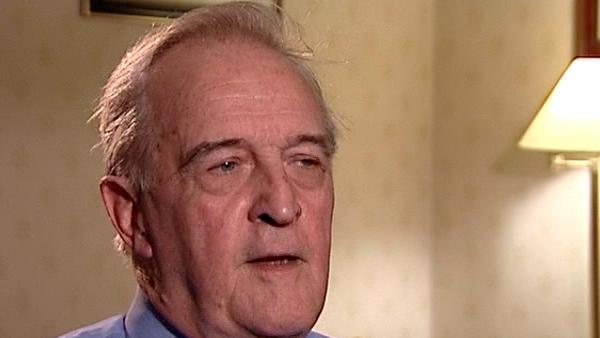NEXT STORY

Investigating a link between thalassemia and malaria
RELATED STORIES

NEXT STORY

Investigating a link between thalassemia and malaria
RELATED STORIES


|
Views | Duration | |
|---|---|---|---|
| 21. Work in Sri Lanka (Part 1) | 58 | 04:04 | |
| 22. Work in Sri Lanka (Part 2) | 46 | 04:00 | |
| 23. Age-dependent erythropoietin response and work in Papua New Guinea | 46 | 03:21 | |
| 24. Investigating a link between thalassemia and malaria | 94 | 02:36 | |
| 25. Prenatal diagnosis of thalassemia | 70 | 05:21 | |
| 26. The Department of Medicine at Oxford | 89 | 06:55 | |
| 27. Developing the overseas programmes in tropical medicine | 56 | 04:23 | |
| 28. The Department of Medicine at Oxford: the overseas programmes in... | 44 | 04:44 | |
| 29. Bioethics | 84 | 07:49 | |
| 30. Personalised medicine (Part 1) | 62 | 04:48 |


British Scientist Sir David Weatherall (1933-2018) was a world renowned expert on blood diseases, in particular thalassaemias, and used his expertise to help control and prevent these diseases in developing countries. He founded the Institute of Molecular Medicine at Oxford in 1989 and was knighted in 1987.
Title: Age-dependent erythropoietin response and work in Papua New Guinea
Listeners: Marcus Pembrey
Marcus Pembrey, now Emeritus, was Professor of Paediatric Genetics at the Institute of Child Health, University College London and consultant clinical geneticist at Great Ormond Street Hospital for Children London. He is a visiting Professor at the University of Bristol UK, where he was the Director of Genetics within the Avon Longitudinal Study of Parents and Children until 2006. A past president of the European Society of Human Genetics, he is also the founding Chairman of the Progress Educational Trust.
Duration: 3 minutes, 21 seconds
Date story recorded: July 2007
Date story went live: 02 June 2008